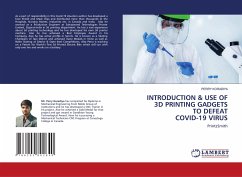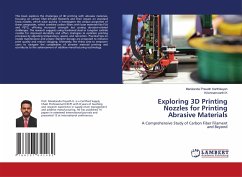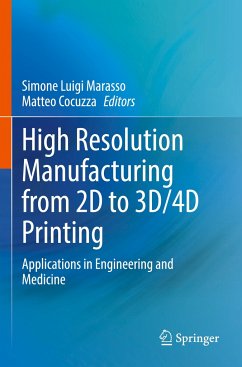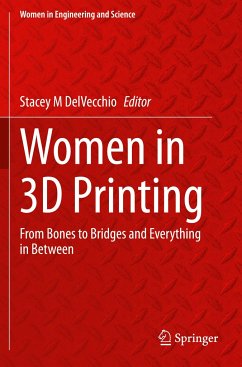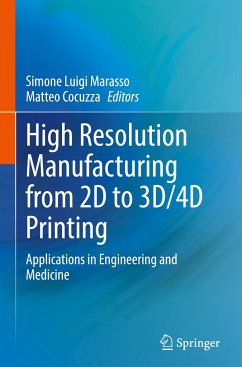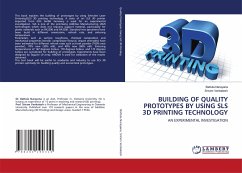
Revolutionizing Energy Storage: Tomorrow's Advances in 3D Printing
Versandkostenfrei!
Versandfertig in 6-10 Tagen
29,99 €
inkl. MwSt.

PAYBACK Punkte
15 °P sammeln!
Additive manufacturing, considered an advanced production method, has transformed the creation of highly functional prototypes, overcoming limitations of traditional engineering approaches in achieving innovation, profitability, and industrial-scale production. The escalating global population, contemporary lifestyles, and resource constraints underscore the urgent need for reliable energy sources. In response, additive manufacturing emerges as a solution for producing 3D energy storage devices with maintained functional characteristics like surface area and conductivity. The development of fu...
Additive manufacturing, considered an advanced production method, has transformed the creation of highly functional prototypes, overcoming limitations of traditional engineering approaches in achieving innovation, profitability, and industrial-scale production. The escalating global population, contemporary lifestyles, and resource constraints underscore the urgent need for reliable energy sources. In response, additive manufacturing emerges as a solution for producing 3D energy storage devices with maintained functional characteristics like surface area and conductivity. The development of future-generation energy devices requires dedicated nanostructures with predictable engineering measures, and accurate 3D printing proves instrumental in producing effective three-dimensional nanomaterials for optimal performance.






